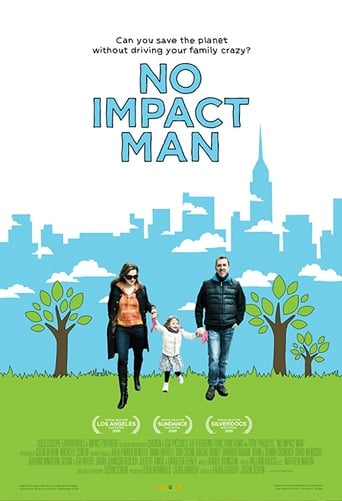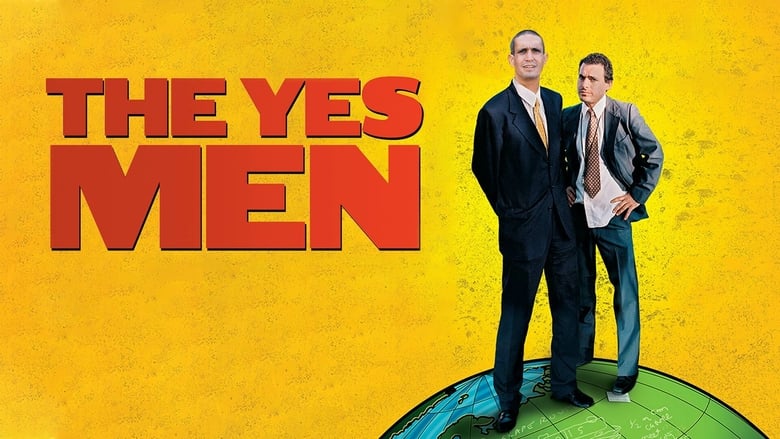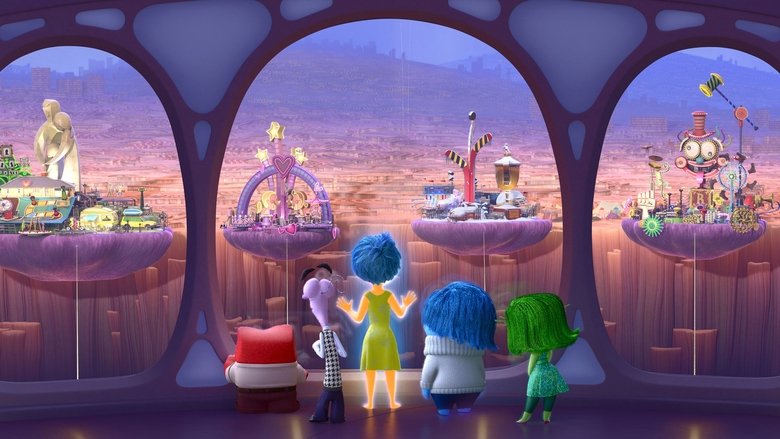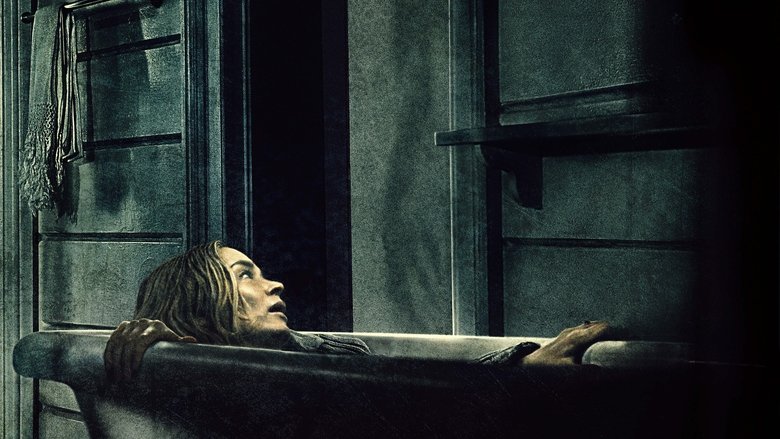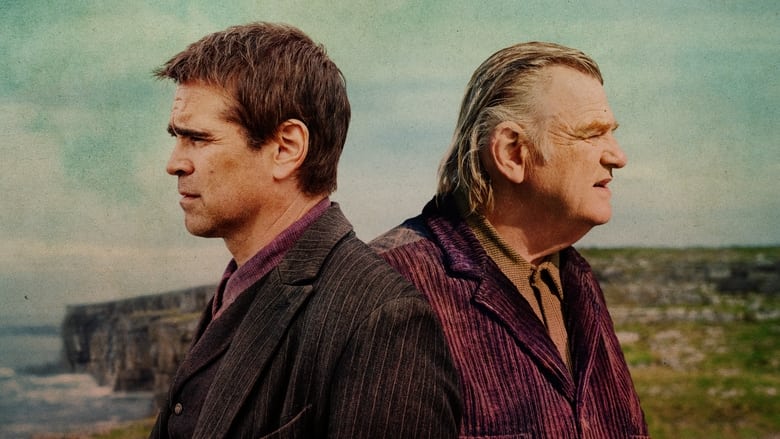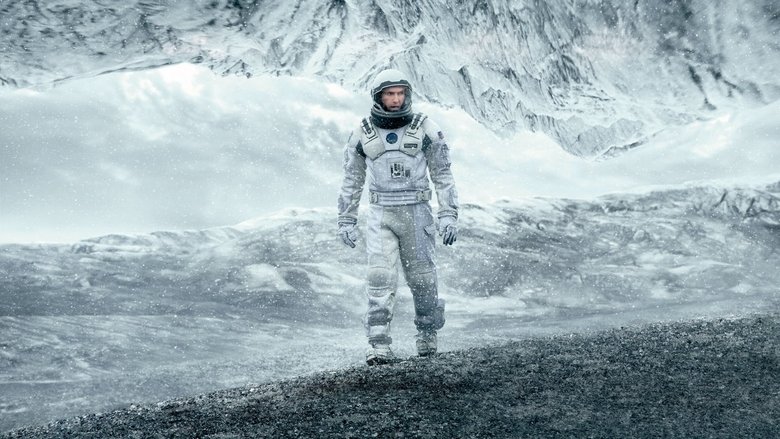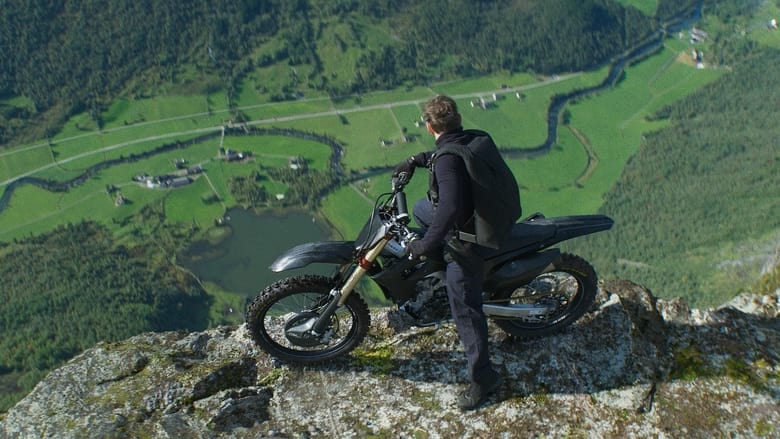Follow the Manhattan-based Beavan family as they abandon their high consumption 5th Avenue lifestyle and try to live a year while making no net environmental impact.


Similar titles
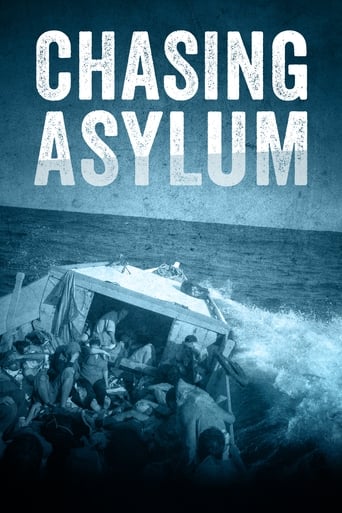
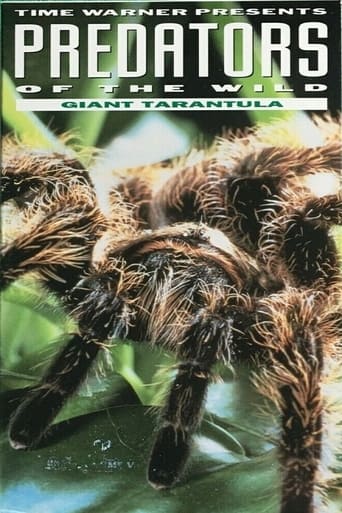
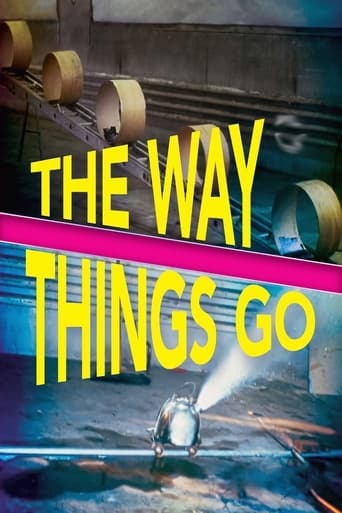

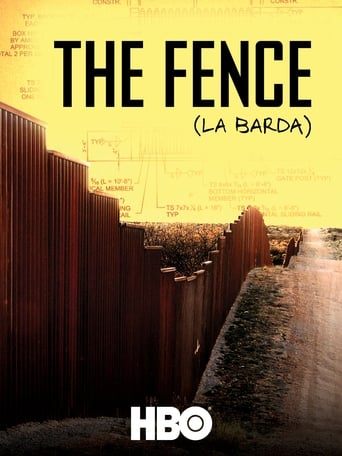
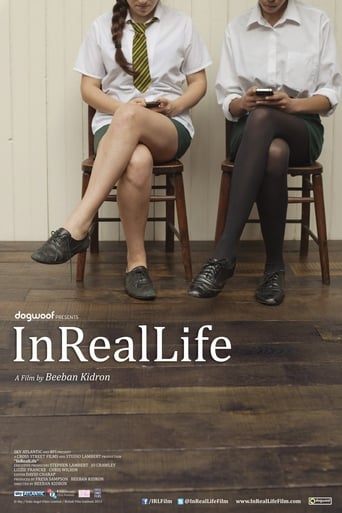
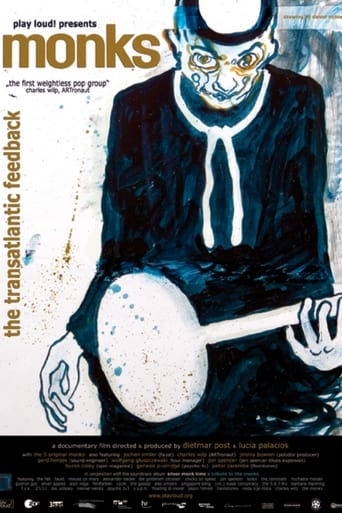
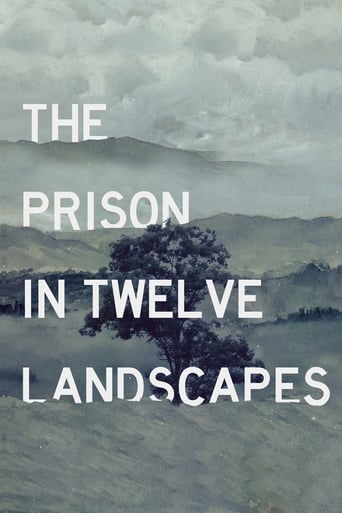

Reviews
First of all the review that was posted on December 8th, 2010 titled "Pseudo-Lifestyles of the Rich and Pretentious" needs to be deleted. The person critiquing the film begins by stating he/she watched maybe 5-10 minutes of the film. That alone causes the review to be negated. Second, the reviewer would have gained invaluable tips, which is what he/she was wanting, if the documentary was given a chance.Something I admire and value greatly in this film is the mindful epiphanies that crop up (that sometimes had nothing to do with what the project was about--unexpected revelations). You'll have to see for yourself, although I will share one ;-). Many complain of not having enough time in the day for anything, or that time moves too fast. This documentary has answers a big eye-opener.This is by far the most selfless documentary I have seen. It awakens many priceless life lessons that so many miss. I am truly grateful that despise the criticism given (which was actually taken back later in the film by the very people who gave it upon getting to know the family), that the project was seen from start to finish and gone back to be interpreted on many levels (so much self-actualizing going on in this film). This should be watched in as big of a group as you can get together, and it should be exposed to the corporate world. Many people don't quite know the impacts eating meat does to the very animals that are killed for food and on a much larger scale, to the earth. Education and understanding is key.I LOVE and am so inspired by the call to local and global action and community. This documentary offers the best advice anyone can give to promote action and understanding. Of course it helps to practice good choices yourself but to get involved, involve others, and continue education and understanding, a difference will result and on a much larger scale.A big thanks to everyone who made this film possible.
honestly, i mostly enjoyed this movie. but i really did not appreciate the way that Michelle was villainized throughout. HORROR OF HORRORS, she works for a financial magazine and wants a second child???? listen - the woman happily discarded most of her worldly possessions & comforts (including cosmetics and TOILET PAPER, COME ON) to help her husband on this (arguably ridiculous) quest and some fat hippie (who, i'm sorry, did not get to look like that by eating organic vegetables all day long) has the audacity to suggest that everything she is doing is negated by her day job. WOW. wow. OK. cool.also - my boyfriend and i wanted to know how exactly they cleaned their diapers and toilet... cloths. because that was not addressed and i'm pretty sure that they didn't stomp on them in the bath tub.eta: i am curious as to why they did not address menstruation at all (maybe they did and i missed it?). traditional solutions (pads, tampons) generate a LOT of waste and the packaging is terrible. i know that there are other options, but the average viewer may not have. wonder why it was left out?
What would life be like without coffee? How would we cope without buying something new? What difference can be made by relying on local produce and can waste be reduced to virtually zero? Can life go on without electrical appliances? Is it possible, practical, and enjoyable to live this way? Such issues are at the heart of No Impact Man (2009) a docufilm recording 12 months in which New Yorker Colin Beavan and his family attempt to live without making an impact on the environment.Implementing a strategy of radical reduction over several phases, Beavan strips life back to essentials in an attempt to live in line with his values. First to go are carbon-producing modes of transport, the use of elevators (which in itself is a challenge given the infrastructure of a city like New York) and the television. Adopting a strategy of 'reduce, reuse, recycle,' he commits to buying only locally sourced food (within a 250 mile radius), purchasing as much as possible from the Farmer's Market, where produce is generally sold without packaging, thus reducing unnecessary waste. Food scraps are composted by worms. Determined to ditch goods that can't be recycled, domestic cleaning products are jettisoned in favor of sustainable methods that include home-made soaps, surface cleaners, and washing detergent using substances like white vinegar, baking soda, and borax. Even toilet paper becomes an unsustainable luxury. The final stage doesn't take place until six months have elapsed when power is switched off, rendering appliances such as the fridge and electrical lighting redundant.The transition from consumerholic to No Impact Man is not without hitches. Beavan's partner, Michelle Conlin, is a high-flier in the media business, working for a major business publication. Initially she struggles to conform to the strict regime, citing caffeine withdrawal as a major hindrance to work efficiency. She also encounters hostile reactions in relation to personal hygiene. The experiment is, after all, an exercise in raising awareness and therefore attracts a good deal of media attention. Some people aren't so keen to shake your hand knowing that you probably wiped your bum with your fingers. At times she is understandably rebellious, sneaking out for coffee and refusing to let appearances slide to the extent of not applying peroxide at the hairdressers. When the electricity is finally turned off, Beavan himself questions the sense of his undertaking, appearing miserable and uncommunicative in a room barely lit by candles. There are problems keeping the couple's daughter Isabelle's milk cold using the Nigerian 'pot-in-pot' method of refrigeration, and the composting box becomes an ideal breeding ground for flies. The gulf between idealism and realism becomes apparent.There are, however, many positive outcomes. Without TV, social interaction increases, and some of the new methods of domesticity like walking up and down on the laundry in the bathtub seem enjoyable to the family as a whole. Less time is spent in the apartment due to a lack of entertainment options, leading to fresh discoveries of activities available in the great outdoors. Overall, quality of life appears to go up rather than spiral to depths of despondency.Is the No Impact Man experiment a success though? Does Beavan manage to make no impact over the course of a year? In addition to Conlin's moments of rebellion, there are several other instances of rule-bending that we see on camera (not to mention what is concealed). The oven is used for making dinner, mobile phones don't disappear, Beavan 'borrows' a solar panel to power his laptop which is also used to run an electric light in the kitchen, the family take a train to visit a farm where some of their produce is sourced, and a neighbor supplies ice for a cool-box when the refrigeration alternative goes awry.Questions need to be asked about the sustainability of practices like lighting through candles. Whilst it proves that it's possible to manage without power once the sun sets, what impact would this have on the environment if we were all doing it? Cynics may also question the impact resulting from the media circus, both during filming and once the experiment was over. Beavan later publishes a book based on his experience and one can only imagine the carbon footprint generated by production and transportation costs, not to mention the publicity drive that accompanies such a venture. Then there's Conlin's desire for more children. Surely this desire alone, if achieved, would lead to an exponential rise in consumption? As an exercise in what is possible to cut from our lives, and as means of raising awareness of green initiatives, No Impact Man leaves a positive impression. Beavan concludes that rather than 'doing without' in an effort to reduce environmental impact, perhaps the way forward is to find a sustainable way of getting what we need. Such a conclusion seems common sense.Given the serious subject matter, No Impact Man works well on screen. The cast are believable, there's a good balance of humor and audience members laughed aloud at Conlin's reactions to having her life turned upside down. The star of the film, however, had to be Isabelle, who was genuinely entertaining as toddlers can be. She seemed to thrive on the changes imposed upon her and was acquiescent of the altered lifestyle. In this case, ignorance is bliss, but perhaps her reaction also illustrates that we really can adapt if we want to change the way we live.
No project is ever perfect, and there are better ways to live no impact than exhibited in this documentary. BUT, trying and learning are all a part of improving the way we live. And I think that this family and film are commendable for the effort. I love how they share their experiences their trepidation of change and the actual outcome. Reducing garbage, reducing consumption, spending more time together and outside as a consequence of their decisions, becoming more involved with the community...all wonderful in and of themselves, made the family happier. I believe that we try to cram so much into our lives (shopping, errands, TV, eating out, exercise, work) that we lose enjoyment for each element of our lives. By shopping at the farmers market, shopping is no longer a chore but exercise and a community building, happy event. Summed up nicely at the end. This film doesn't aim to be perfect, doesn't aim to offer the best solutions or to have all the current research. What it does do is document a trial & error process, and demonstrate the positive impact that living sustainably can have on individuals' lives over and above helping the environment.
